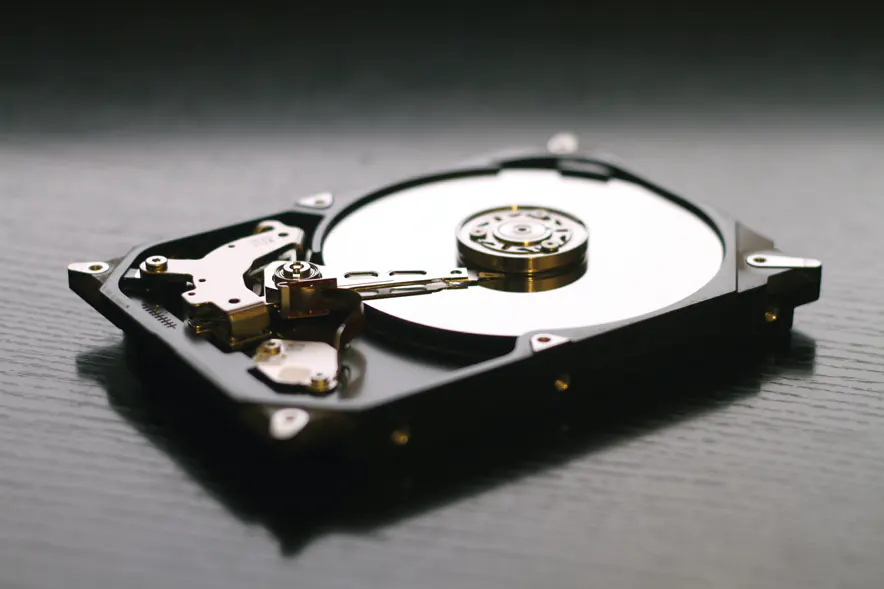Technology — Human Innovation in Action
Compared with Science and Engineering, the term Technology is probably the most recent, dating from slightly earlier than the start of the Second Industrial Revolution in 1870. Organisations such as the “Massachusetts Institute of Technology” were first incorporated in 1861. It is often described as the application of scientific knowledge. Its practical purposes are to further the aims of human life, especially in industry. Some people consider it “applied science”.
The word comes from the Greek work “teknologia”, which means “systematic treatment”. Derived from two Greek words “technē”, which means “art craft” and “-logia” which means “word speech”.
What Is The Differences
The differences between Science, Engineering and Technology are often very indistinct. The description of Science is an “intellectual and practical activity. It encompasses the systematic study of structure and behaviour of the physical and natural world through observation and experiment”. Engineering is more concerned with designing and making tools or structures to achieve a goal using the results of scientific research and natural processes, or the “innate quality, especially mental power, hence a clever invention”, technology is frequently the combination of both science and engineering.
Science is the process of observation and experiment, while engineering is concerned with designing and constructing tools and structures such as transportation, communications equipment, the internet, and energy production. Technology might therefore be explained as the results of science and engineering. However, I will leave the scientists, historians, and policymakers to debate the subtle distinctions of the three disciplines.
What Is On This Website
I will mostly concentrate on issues on this website that I have specific experience about. This experience will include the development and use of computer and information technology.
I have seen the transition from older systems. These include drawing board, drawing on plastic film, not paper and the slide rule during my early career. During my career in the drawing office, this has changed. Latterly, computers with computer-aided drafting software and maths software installed replaced these earlier methods. So, I am in a very good position to describe 50 years of this type of technological development.


